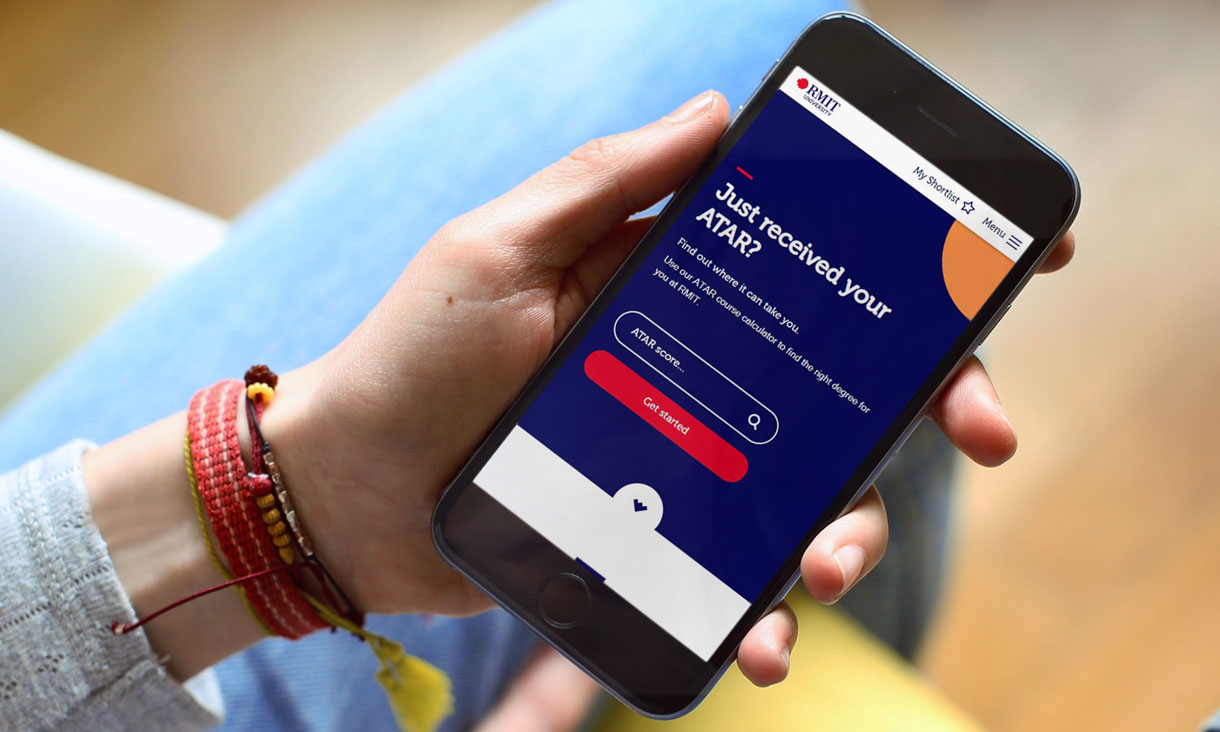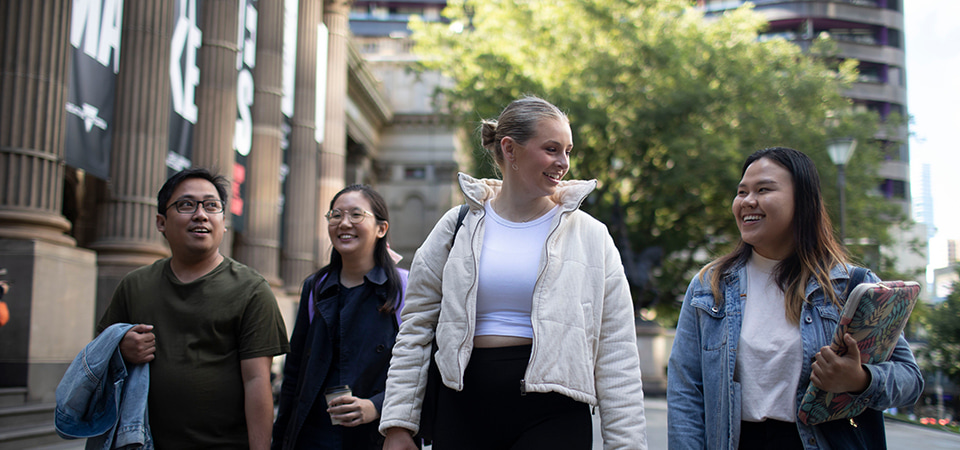Use our ATAR course calculator
Explore your options and opportunities at RMIT by searching by for courses by their ATAR requirement.
Find your pathway
Use our pathways finder tool to help find the right pathway to your dream degree.
Explore Guaranteed Pathways
Know where you're headed? Guaranteed Pathways at RMIT will help you get there. You’ll even graduate holding two industry-recognised qualifications!







